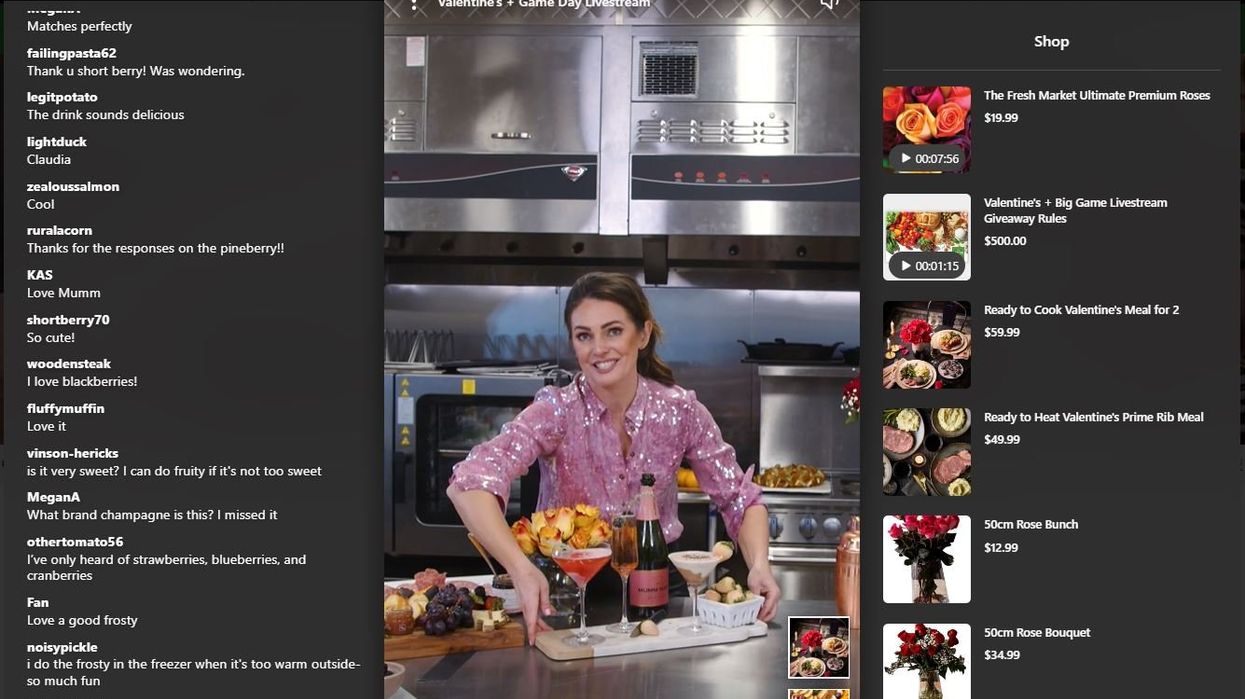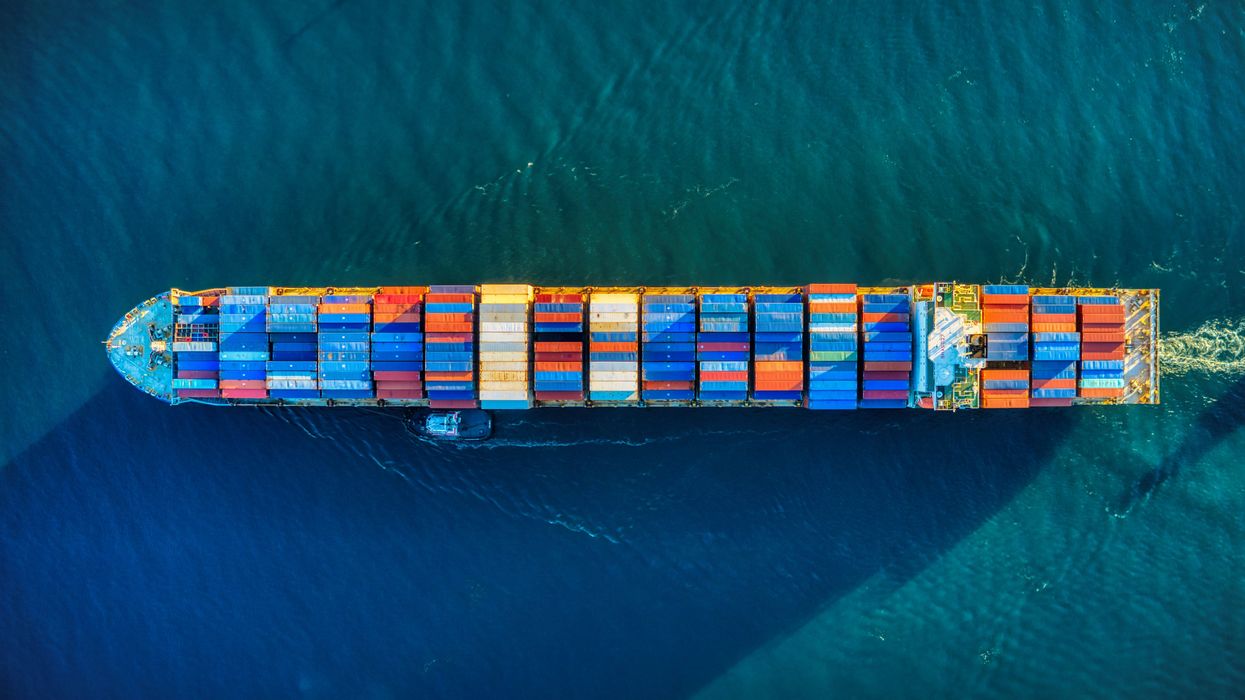When it comes to live shopping, tech platforms, brands and retailers have faced a question: How can success in China be replicated in the U.S.?
To Firework CEO Vincent Yang, the key to unlocking success is not to understand live shopping as a technology or format. Rather, it’s to understand the differences in how people from each country shop.
In China, live shopping lives on social media platforms. That’s an outgrowth of how commerce works in that country, Yang said. Consumers are comfortable checking out from their feed, and moving between marketplaces such as Alibaba and Tmall as they seek out deals. At the same time, store associates are running live shopping events.
The experience is embedded not only into retail, but also into retail operations.
In the U.S., social platforms set out to import live shopping, but consumer behavior is different. People scroll and browse, but they aren’t accustomed to buying directly. So there wasn’t as much uptake, and both Facebook and Instagram shut down their live shopping programs over the last six months.
Plus, American consumers tend to have more loyalty toward particular brands or retailers, Yang said. At U.S. brands and retailers, live shopping also tends to be a larger production that involves the right setting and lighting. It can be a standalone experience.
To find what works, Yang maintains that it’s important to consider not just the format in which the shopping experience is delivered, but also matching that format to the type of experience that fits where it is placed.
That insight is helping to propel Firework. The company works with brands and retailers to embed short-form, shoppable videos and livestreams within marketplaces and direct-to-consumer websites. It is bringing a social experience to ecommerce sites, allowing video to become part of shopping.
“We're putting the right format to the right place,” Yang said.
This means that the way the technology is used varies across clients. In Asia, a livestream may work better, while short-form video works better in the U.S. When it comes to the buyer journey, brands and retailers want to use video at different points in the funnel. Larger retailers want to use video to provide product discovery and recommendations, while DTC brands embed video right in a product description page to drive final conversion. Meanwhile, live shopping drives right to the conversion.
The approach is yielding results. In 2022, Firework said 665 million people tuned into customer videos around the globe, and 11 million people actively participated. On these sites, livestream watch time was 60x higher on average than on social platforms.
This all came in a year that Firework raised $150 million in a Series B funding round. After shipping more than 90 product features and growing its team across 38 countries, Firework is also growing across categories, ranging from work in fashion with Natori to grocers such as Albertsons and The Fresh Market, as well as Walmart. It even works in banking with American Express.
Live shopping + retail media
With growth, Firework is adding new experiences that fit with how retailers market their products and want to enhance shopping experiences.
With retail media emerging as a major shopper marketing channel, Firework sees opportunity to integrate more live video into marketplaces.
On Thursday, The Fresh Market announced that it will expand a partnership with Firework to create a Shoppable Video-Live Commerce retail media network.
This will embed shoppable livestreams onto Fresh Market’s website that offers consumers the ability to chat with hosts. It brings video to retail media, which typically is centered on search and static images. Additionally, brands can enjoy the advantages of retail media, which include targeting that uses first party, purchase-level data, and the “brand-safe” environment of a grocery store website that doesn’t have the variety of content of a social media platform.
To Yang, video creates a better shopping experience for consumers, as well as offering a marketing opportunity for brands.

Firework screenshots. (Courtesy photo)
Video can also help to cross omnichannel experiences, Yang said. Lingerie brand Hanky Panky offers a video experience using Firework’s technology that takes consumers through a store. Associates can show a product, and consumers can engage in the kind of walk-through browsing experience that is a strength of in-person retail. But since this is taking place online, it is also easy to build a basket and choose from a wide assortment.
“The magic is not just in the video technology,” Yang said, though it is ultra-low latency and interactive. “We're bringing back the human connection that you only have offline to online.”
Larger baskets, fewer returns
Along with powering video experiences, Firework is also helping brands to measure the impact of these placements. It integrates with customer data platforms to offer a look at whether customers have longer or deeper engagement before and after Firework was used.
Firework also measures conversion rate, and the company is seeing lift that ranges from 50% to 10x. The engagement provided by a video can also help shopping across a site. Video has helped to increase average basket size from 30%-300%, said Yang.
Another key focus is return rate, which has fallen between 10-50% for Firework clients. In apparel, video offers a way for shoppers to better understand the look and feel of a product before they buy it. That additional information makes a return less likely. With ecommerce brands facing particular pressure on the bottom line in the economic environment, they’re concerned not only about whether people will buy an item, but also whether they will keep it.
“What we find is that people purchasing products on a video, whether shoppable video or livestream, return far less,” Yang said. “That also contributes directly to the final gross margin for a brand or retailer.”

A Firework short video on Albertsons. (Courtesy photo)
With growth, Firework now has a range of clients, from CPGs to DTC brands, as well as retailers. The range of uses also indicates that the video technology can serve businesses in different ways, and ultimately connect them across different uses. Yang likens Firework more to an ecosystem company like Salesforce than an application layer. In the future, he hopes retailers will be able to build applications on top of Firework’s technology to realize new value.
“In the end, we are an infrastructure company,” he said.














